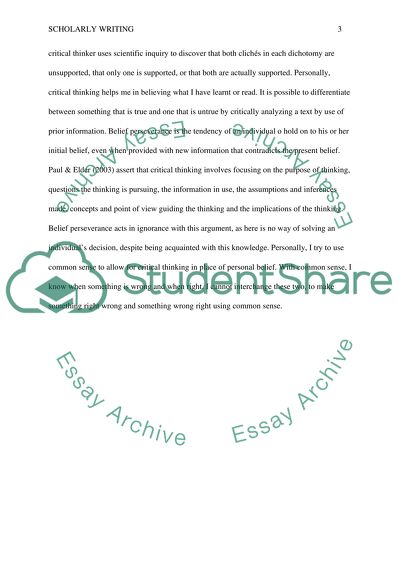Cite this document
(“Scholarly Writing Essay Example | Topics and Well Written Essays - 750 words”, n.d.)
Retrieved from https://studentshare.org/english/1485996-scholarly-writing
Retrieved from https://studentshare.org/english/1485996-scholarly-writing
(Scholarly Writing Essay Example | Topics and Well Written Essays - 750 Words)
https://studentshare.org/english/1485996-scholarly-writing.
https://studentshare.org/english/1485996-scholarly-writing.
“Scholarly Writing Essay Example | Topics and Well Written Essays - 750 Words”, n.d. https://studentshare.org/english/1485996-scholarly-writing.


